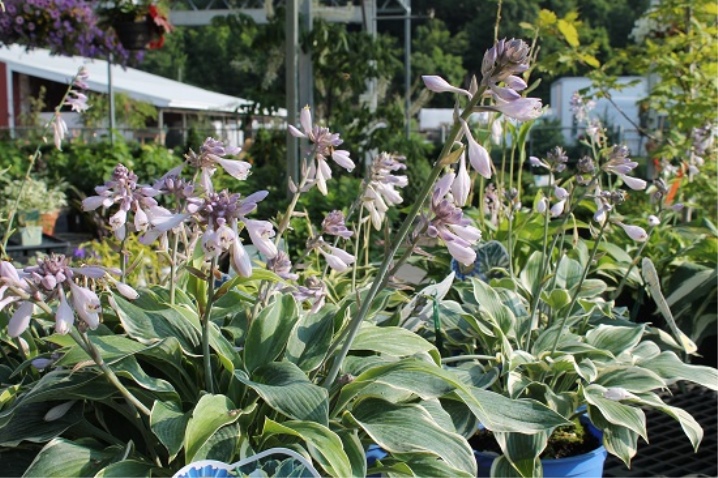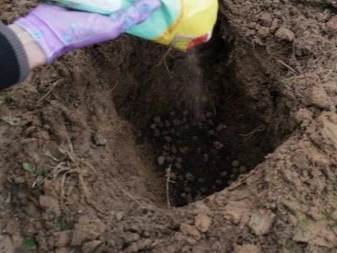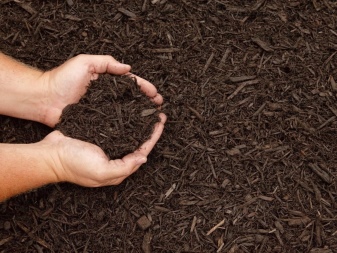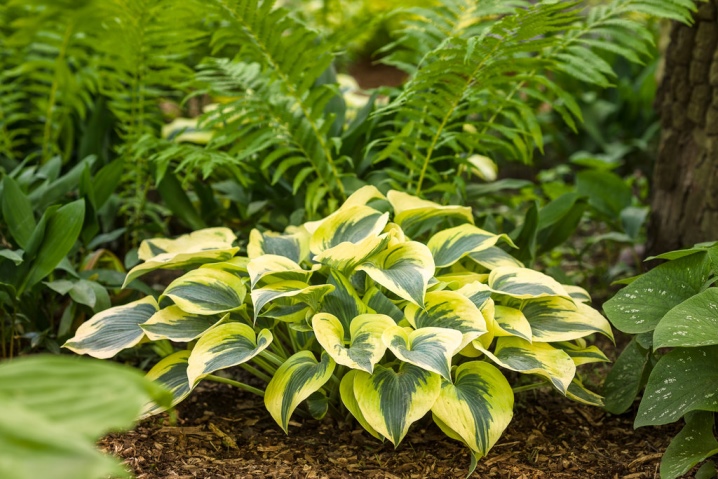Hosta "First frost": description, planting, care and reproduction

Flowers are one of the important ingredients in creating a cozy green space. It is they who make the flower beds and the area near private houses bright, beautiful and attractive. Thanks to the painstaking work of breeders and botanists, at the moment, a huge number of ornamental plants have been bred, which differ in appearance, method of care and color scheme. Landscape design specialists recommend that novice summer residents choose unpretentious plants, the care of which will not cause difficulty. It is to such a group of colors that the First Frost host belongs.


Description
Hosta First Frost is a perennial herbaceous hybrid plant that belongs to the lily family. The natural habitat of this flower is the territory of the Far East, East Asia and Japan. This variety has been enjoying well-deserved popularity among gardeners from around the world for many years.

This flower is medium in size and has a beautiful milky border on all leaf blades. In early spring, the border has a more yellow color, but in summer its shade becomes tender milk. The height of an adult plant does not exceed 40 cm, and the diameter of the bush is 80 cm.
Distinctive features of the plant - a compact bush, the absence of broken leaves.


Due to the presence of hard and rough leaf plates, the plant is practically not damaged by pests. The flower has an unusual shade of leaves - blue. The average leaf length is 20 cm, and the width is 10 cm. The leaf plates are located on petioles, which form a large basal rosette.
Maximum peduncle height - 100 cm... The flowering period of the plant is mid-summer. The flowers are bell-shaped and form brushes-like inflorescences.

The flower has the 3rd level of the winter hardiness zone, which makes it possible for the plant to withstand frosts up to -40 degrees.
Dignity
- dense sheet plate;
- spectacular and very expressive blue tint;
- fast growth;
- unpretentiousness;
- the presence of a beautiful light border;
- high level of resistance to various diseases and parasites.

Planting and leaving
All hosts are shade-loving plants that do not tolerate direct sunlight. However, experts recommend planting a variegated host in areas with partial shade. The complete absence of sunlight can provoke a change in the hue of the platinum sheet, as well as a decrease in the contrast between the base color and the border.
The plant feels most comfortable on slightly acidic soils, but alkaline soil also does not prevent the flower from fully developing... Before planting, the selected area must be completely dug up and fertilized with organic substances.


The optimal distance between the holes is 40 cm. The volume of the planting hole should correspond to the size of the root system. To prevent root decay, drainage material must be placed on the bottom of the hole. Filling the voids with a nutrient mixture must be combined with soil compaction. After planting, the flower must be watered abundantly with clean and settled water, and the near-trunk zone must be mulched with peat or chopped bark.


Flower care consists of a set of standard activities that include watering, loosening the soil and removing weeds, feeding and protecting against pests.
Particular attention should be paid to timely and regular watering, especially in the summer. Water should be added frequently, but in small amounts. Novice gardeners should be careful to avoid stagnant water that can cause root rot.
Many gardeners use a drip irrigation system, which makes it possible to most effectively carry out this procedure.

To enrich the soil with oxygen, experienced summer residents recommend weeding and weed removal several times a year... This manipulation is mandatory only for young plants, but adult plantings can do without weeding, the dense foliage of which creates unfavorable conditions for the growth of weeds.
To maximize the provision of green spaces with nutrients, experts recommend applying mineral and organic fertilizers to the soil 3 times a year. This plant responds positively to the introduction of nitrogen, phosphorus and potassium. Experienced gardeners recommend alternating root and foliar feeding.
To maintain the beautiful appearance of the plant, experts recommend regularly carry out sanitary pruning, but the flower does not need the formative removal of leaves.
Reproduction
To independently obtain young plants, experts recommend using the following propagation methods:
- cuttings;
- division of the bush.


The most popular method for obtaining young plants is division of the root system. This procedure should be carried out in early spring or mid-autumn. In order to divide the mother bush, it must be watered and dug up abundantly. To separate the root system, you must use special gardening tools with a sharp blade. A prerequisite is the presence of at least 2 sockets on the separated petiole.
The cuttings method can be used throughout the growing season. To obtain planting material, it is necessary to cut off the required number of leaf plates together with a part of the trunk and immediately plant them in nutritious and moist soil. To create the most comfortable conditions, experts recommend creating a greenhouse effect near the petioles.
Examples in landscape design
Hosta "First frost" is a very beautiful and unusual plant, which is widely used for decorating not only personal plots, but also city flower beds and alleys. This flower can become both an independent green planting and a part of a beautiful composition.

Green architecture experts recommend planting a variegated hosta against a background of monochromatic plants, the color of which will effectively emphasize the beauty of the flower. Joint planting of hosts with all types of cereals looks no less advantageous.

Many designers use this flower as a curb plant that looks very impressive near garden paths. For aesthetic decoration of nondescript fences, experts recommend planting alternately variegated and plain hosts along their entire length. This plant looks harmoniously with all astilbe, daylilies and bruners.

For the tricks of growing hosts on the site, see below.







































































































The comment was sent successfully.